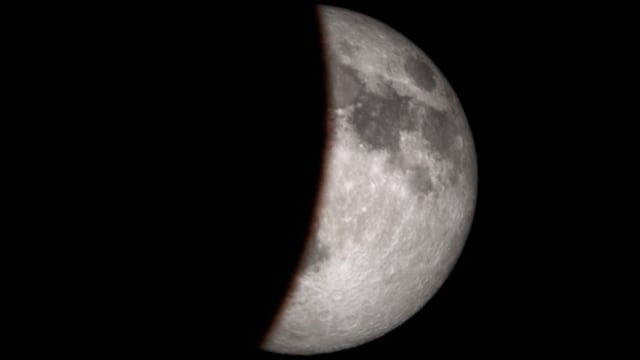
There will be only one total lunar eclipse in 2019, and it promises to be one you won’t want to miss.
NASA says viewers in North and South America – and western parts of Europe and Africa – will be able to watch the sun, earth and moon align on the night of January 20 and the early hours of January 21, weather permitting.
The full moon will be at its closest point to Earth in its orbit, called perigee, when it appears slightly bigger and brighter. It’s often referred to as a supermoon.
During a total lunar eclipse, the only light that reaches the moon’s surface is from the edges of the Earth’s atmosphere. That light reflects onto the moon’s surface with a red glow, making the moon appear red. It’s known as a blood moon.
And since the first full moon in January is known as the wolf moon, the eclipse has been dubbed the “super blood wolf moon.”
If you miss it, the next total lunar eclipse won’t happen until May 2021.

